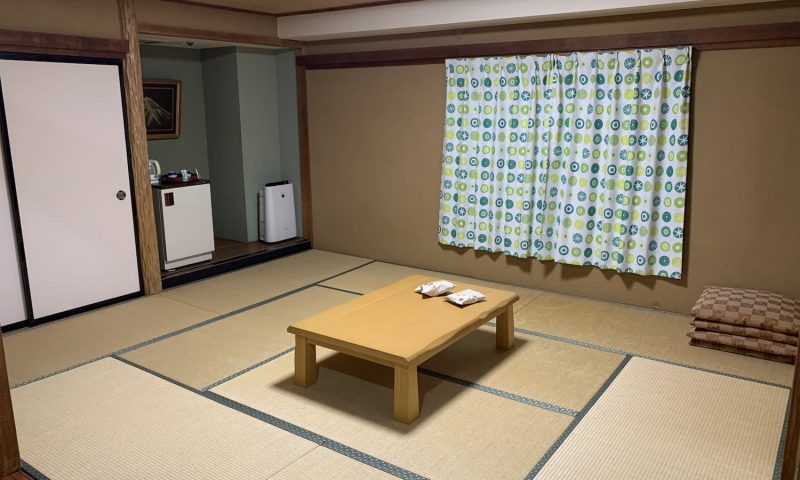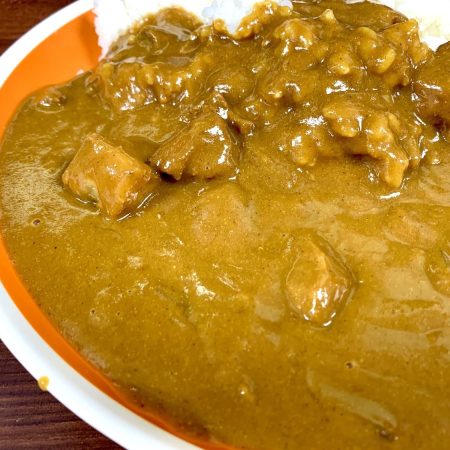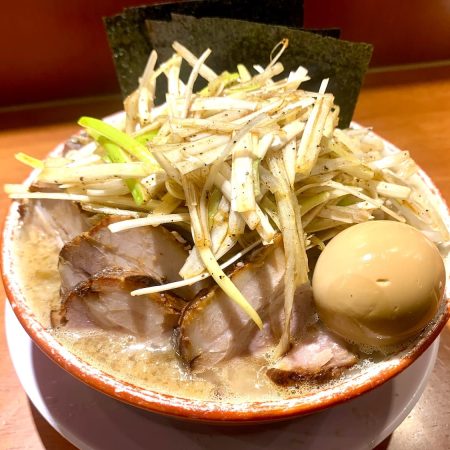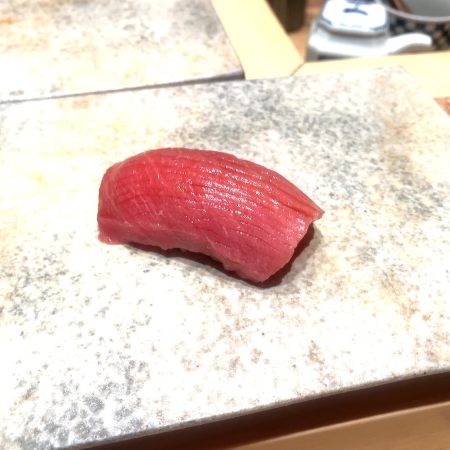The Fascinating Japanese Flooring with Multiple Functions
Tatami, a revered traditional Japanese flooring material, has a fascinating history that dates back to ancient times. Originally, they were thin floor coverings that were folded and kept in the corner of a room when not in use. However, during the Heian period, tatami began to take shape, with an increase in thickness and standardization of size and edges. The Engishiki even designated the size and color of the edges according to social status.
Today, tatami mats serve as an indicator of room size and formality, making them a fundamental element in Japanese architecture and design. They also play a crucial role in Japanese lifestyles, purifying the air by absorbing harmful substances and promoting relaxation and concentration through their aromatherapy effects. Furthermore, sitting cross-legged or lying down on tatami is a reflection of Japanese flexibility and appreciation of nature.
Not only that, but tatami also significantly influences Japanese aesthetics and sensibility. The unique texture and color of woven rushes and straw change with the seasons and over time, which is reflected in traditional arts and crafts such as the shoin-zukuri architectural style and tea rooms.
Overall, tatami is a symbol of Japanese culture and lifestyle that deserves to be appreciated and understood. Whether you’re a traveler, an architect, or simply a curious learner, exploring the functions and intricacies of tatami can enhance your appreciation of Japan’s rich history and cultural values.













